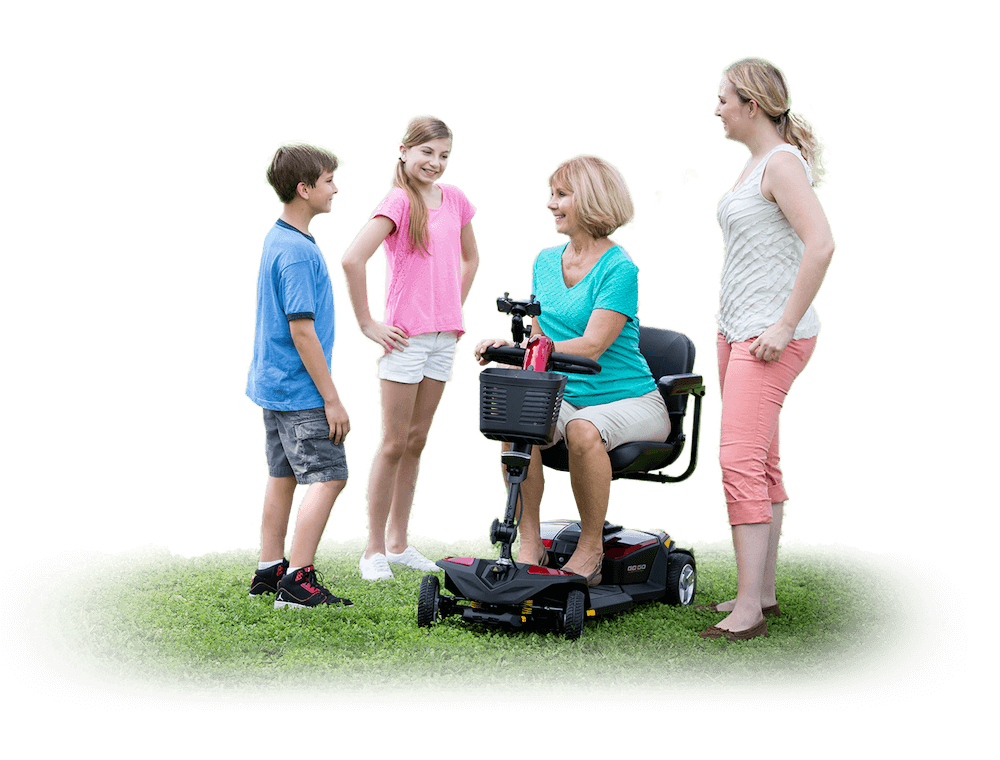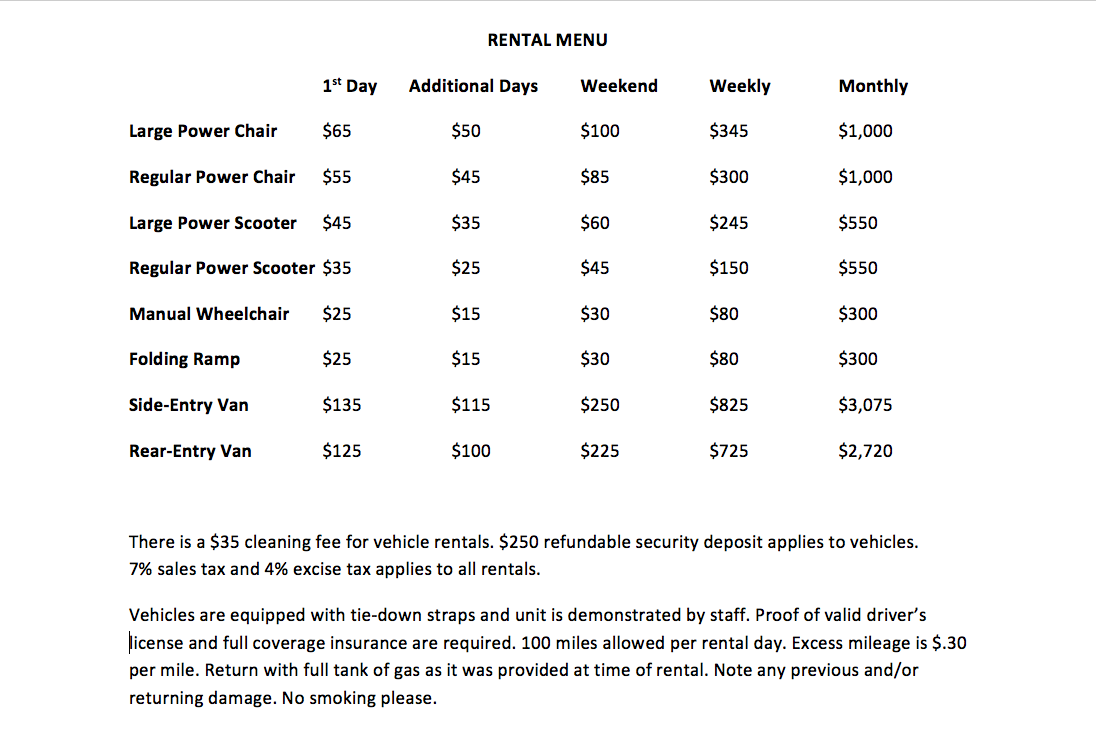MOBILITY EQUIPMENT
FAQS
The first wheelchair was invented by Englishman John Dawson in 1783 and since then mobility equipment has come a long way. There are so many different varieties of mobility solutions now that it’s a full-time job knowing them all. Luckily, our AutoFarm Mobility team of experienced professionals are more than up to the task!
Here are our customers’ most frequently-asked questions about mobility equipment.

No, we do not take insurance due to the long wait time for approval and the difficulty in getting our customers approved. We do consider this when we are pricing our mobility equipment and have marked items to compensate for what Insurance would pay.
Our financing program can also help by dividing the cost of larger items into easily-manageable monthly payments.
Portable units disassemble into several lightweight pieces to fit into the trunk of most vehicles. Weight of the heaviest piece usually is between 29.5# to 55# or so. The Pride Go-Go Elite 3w is the lightest. The lightest power chair is the Golden Envy.
Scooters may have up to 2 places to charge the unit. Look on the side of tiller near the controls and/or on the battery pack itself. If it’s directly on the battery, this indicates that you can remove the battery pack from the unit and charge it separate from the unit. This is helpful in travel situations, or when you want to leave the scooter in the vehicle but charge the battery for the next day’s use. If charging at the tiller, the entire unit needs to be assembled. Charge unit when the power/key is ‘off’.
Power Chairs typically have the charging port located on the underside of the joystick controller. Also charge when power is ‘off’.

